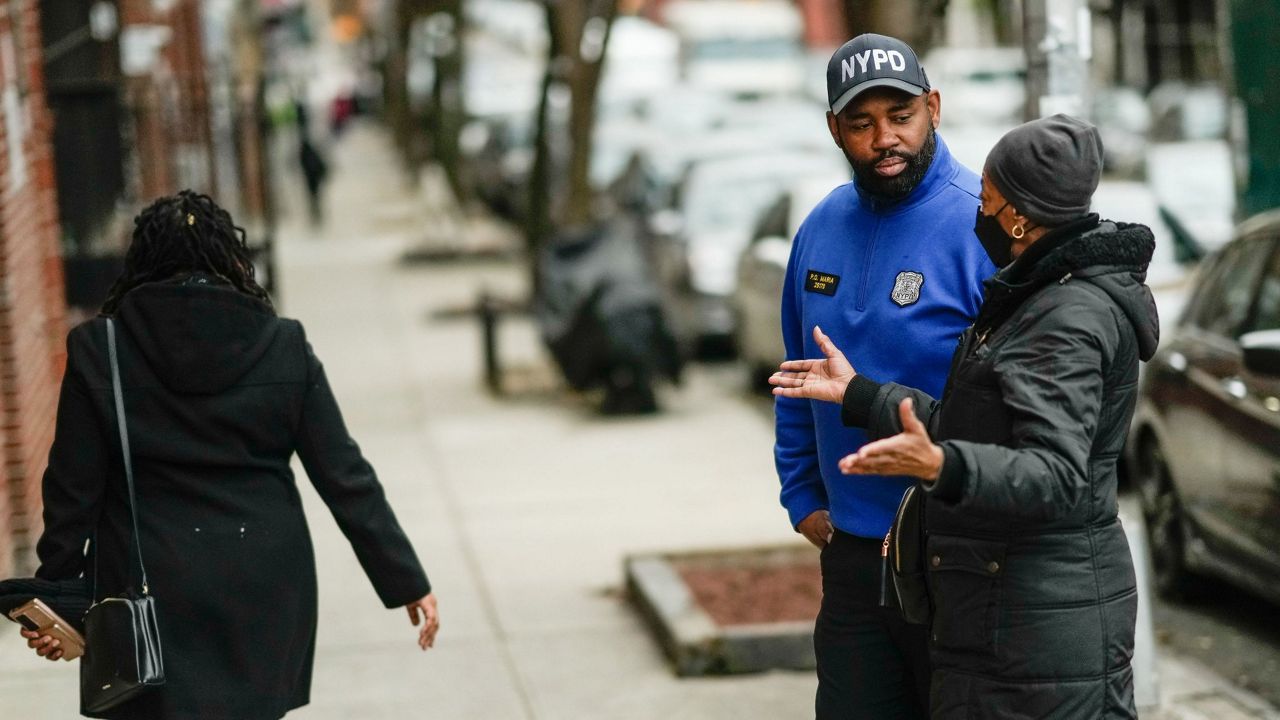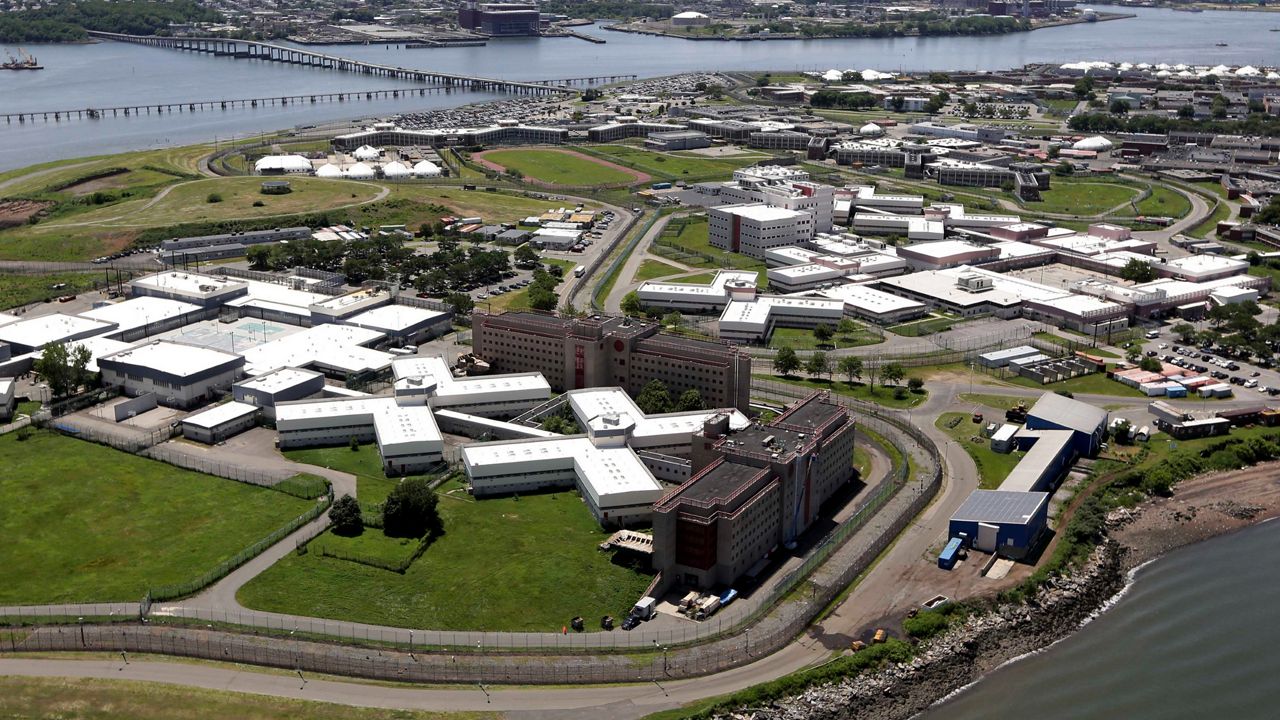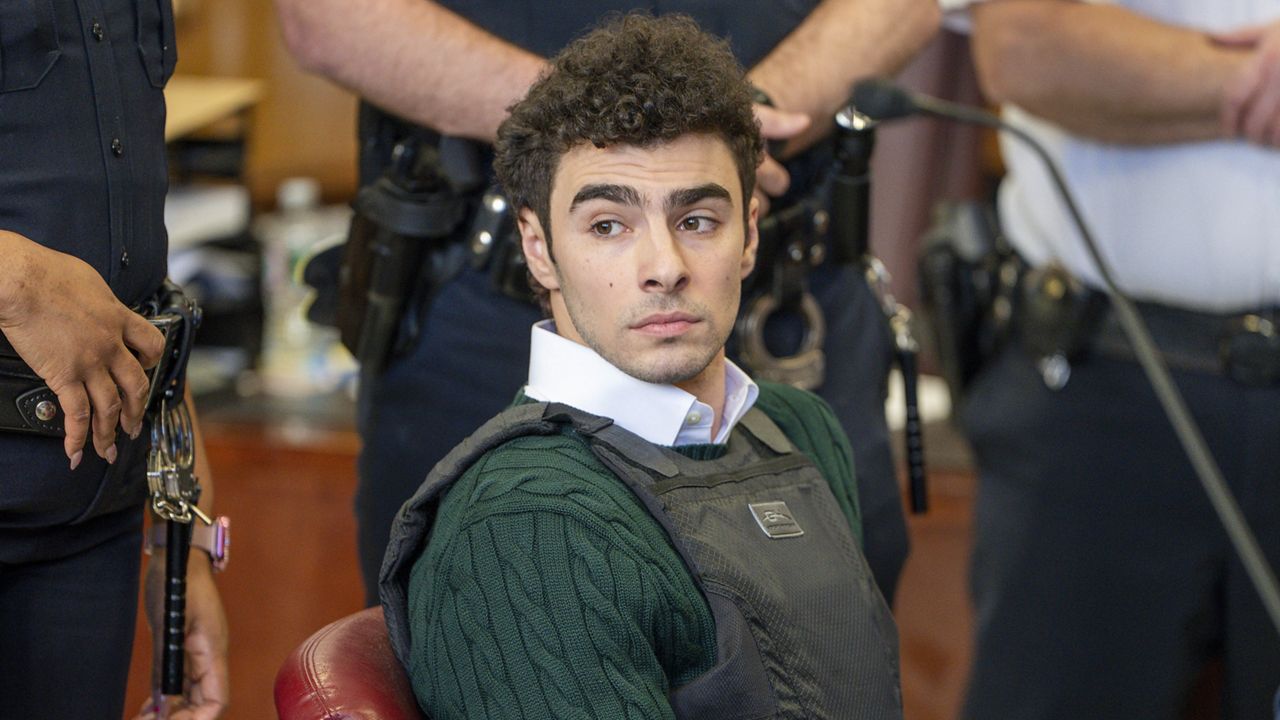Asylum seekers boarded a bus with their scant belongings and moved out of the Randall’s Island tent complex on Monday, just one month after it was built by Mayor Eric Adams and his administration, according to exclusive video from NY1.
And at City Hall, as the city begins shutting down the site due to a decrease in migrants arriving from the border, a defensive Adams said the city did its best preparing for the worst.
What You Need To Know
- The mayor says the city had to prepare for as many as 100,000 asylum seekers, but only about 24,000 have come
- A city Independent Budget Office estimate says the migrant crisis could cost nearly $600 million, including shelter and schooling
- The mayor says he is working to get reimbursed by state and federal governments
- The mayor also separately announced expanded eligibility for city housing vouchers
“We executed a plan,” Adams said. “And those who sit on the outside and talk about how to execute a plan that never had to execute a plan during a crisis, they need to take note of how we executed a plan.”
The massive tent was intended to temporarily house some migrants being bused en masse to New York.
But the need just isn’t there.
Adams said officials were anticipating as many as 100,000 migrants. The number of those arriving, as of earlier this month, is less than a quarter of that.
“Because we were successful in convincing the federal government that we need to have a decompression strategy at the border, we were able to avert that crisis,” Adams said. “That’s successful.”
But at what cost?
A city Independent Budget Office estimate, requested by Staten Island elected officials, projected that New York City will spend at least $596 million over the course of a year for shelter stays, public schools costs and other services relating to the surge in migrants.
Adams said he awaits an estimate from his Office of Management and Budget. And he’s seeking federal and state reimbursement.
“We spent a great deal of money for a national problem,” Adams said.
Though the flow of migrants to the city has slowed — at least for now — a larger housing emergency remains.
On Monday, Adams announced that the city is loosening eligibility for its Family Homelessness and Eviction Prevention Supplement voucher, expanding the housing mobility program relating to federal vouchers and launching a “Street to Housing” pilot to connect people to supportive housing.
He was joined Monday by advocates for homeless New Yorkers fighting discrimination against housing-voucher holders.
“And just to let you know that you’re not your situation,” advocate Ernestine Jackson said. “Just because somebody see you some kind of way, that’s not your situation. It gets better. Have hope.”









